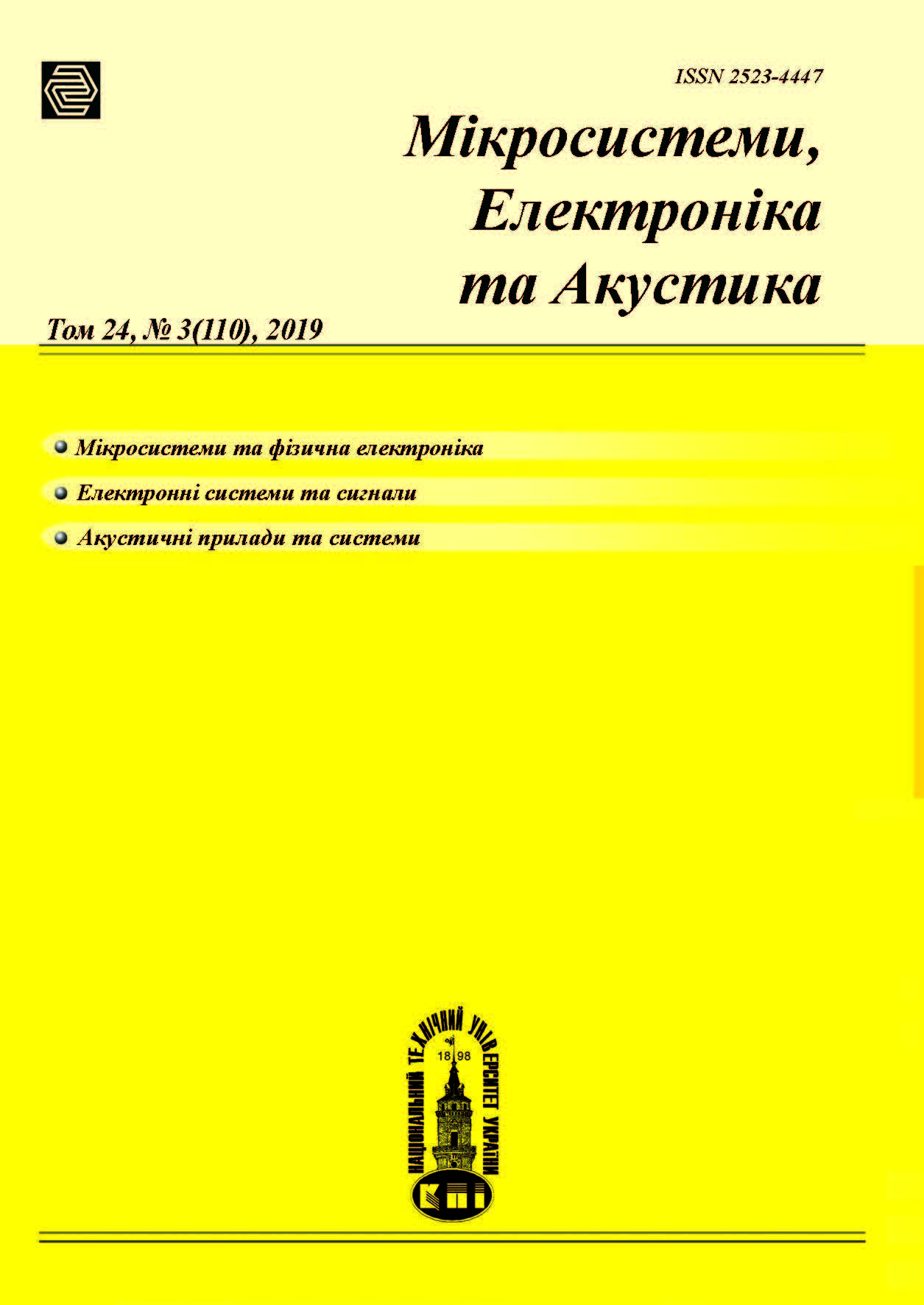Filling Gaps in Micro Grid by Method Based on Empirical Orthogonal Functions
Main Article Content
Abstract
An analysis of Micro Grid system performance requires both meteorological and electrical data for the assessment period. However, actual in-field data acquisition is rarely 100%, often resulting in a significant amount of incomplete datasets for performance assessment. These gaps, if not taken into account, may add noticeable bias in yield assessment and thus estimations of the lacking data need to be made. Approaches of back-filling the required data is given and validated here. This paper presents a strategy to back-fill data with good accuracy for both short and long term periods, while taking into account weather as well as system performance variations. Cases of data loss are identified. The first case is that of missing meteorological datasets, while electrical readings are available. This case is met in most small systems, either domestic or commercial, where installers reduce the cost by omitting the meteorological sensors. The second case is that of the electrical monitoring system being interrupted. The third case is a failure of both monitoring sub-systems, which could be due to communication or hardware failures. The last two cases are often met in the majority of solar farms. The application of the Heisenberg uncertainty principle when operating a Micro Grid indicates the need to predict the amount of energy that can be obtained from the station at the next observation interval. For the implementation of predictive control, it is necessary to predict the change in the illumination of solar panels, provided the cloud passes over their plane. Method based on empirical orthogonal functions reconstructs missing data using empirical orthogonal functions, derived from the original data. While EOFs in a complete dataset would typically be calculated using singular value decomposition, the presence of missing data requires an iterative approach. The method allows for the estimation of missing values and full EOFs by first inserting mean values into the missing portions of the dataset and then calculating the EOFs. Because the resulting spatial EOFs and the time series of their magnitudes reconstruct the original data, a truncated version of the original dataset can be generated, using only as many EOFs as are deemed significant through validation. This provides an improved estimate of the missing information over simply inserting mean values, because the small-variance (i.e., noise) EOFs have been removed. The city of Bottrop, Germany, has been selected as the research object. In this area, most roofs have solar panels. The schematic representation of the part of the district with known and missing data, as well as the direction of the projection of the cloud, is given. The data matrix of the illumination is provided, provided that the sensors are installed in such a way that the data are obtained in each cell, the matrix with the data absent due to the absence of sensors and the matrix with the restored data. It is shown that if the coefficient of transparency of the atmosphere is changed according to the sinusoidal law and when the third degree polynomial is used to restore it, the accuracy is no more than 1%.
Ref. 10, fig. 6.
Article Details

This work is licensed under a Creative Commons Attribution 4.0 International License.
Authors who publish with this journal agree to the following terms:- Authors retain copyright and grant the journal right of first publication with the work simultaneously licensed under a Creative Commons Attribution License that allows others to share the work with an acknowledgement of the work's authorship and initial publication in this journal.
- Authors are able to enter into separate, additional contractual arrangements for the non-exclusive distribution of the journal's published version of the work (e.g., post it to an institutional repository or publish it in a book), with an acknowledgement of its initial publication in this journal.
- Authors are permitted and encouraged to post their work online (e.g., in institutional repositories or on their website) prior to and during the submission process, as it can lead to productive exchanges, as well as earlier and greater citation of published work (See The Effect of Open Access).
References
P. P. Havrylko, R. S. Chornyi and Y. V. Shevchuk, "Rozvytok ta vprovadzhennia soniachnoi enerhetyky v domohospodarstvakh Ukrainy," Mizhnarodnyi naukovyi zhurnal, vol. 2, no. 10, pp. 66-71, 2016. URL: https://www.inter-nauka.com/uploads/public/14768952997927.pdf
K. V. Bogomolova, "Sonyachna energetika: determіnanti ta tendencії rozvitku," in Pershiy krok u nauku: materіali ІX studentskoy konferencіy, Sumy, 2018. URL: http://r250.sudu.edu.ua/bitstream/123456789/66960/1/Bohomolova_Soniachna_enerhetyka.pdf
T. Baziuk, I. Blinov, O. Butkevych, I. Honcharenko, S. Denysiuk, V. Zhuikov, O. Kyrylenko, L .Lukianenko, D. Mykolaiets, K. Osypenko, V. Pavlovskyi, O. Rybina, A. Steliuk, S. Tankevych, and I. Trach., Intelligent power systems: elements and modes: Under the general editorship of acad. of the NAS of Ukraine O.V. Kyrylenko. Kyiv, Ukraine: Institute of Electrodynamics of the NAS of Ukraine 2017. ISBN: 978-966-02-7913-1
K. S. Osypenko; V. Ya. Zhuikov, «Printsyp nevyznachenosti Geizenberga pry otsintsi rivnia energii, shcho generuietsia vidnovliuvanymy dzherelamy [Heisenberg’s uncertainty principle in evaluating the renewable sources power level],» Technical Electrodynamics, no. 1, pp. 10-16, 2017. DOI: 10.15407/techned2017.01.010
B. Ridley, J. Boland, and P. Lauret, “Modelling of diffuse solar fraction with multiple predictors,” Renew. Energy, vol. 35, pp. 478–483, 2010. DOI: 10.1016/j.renene.2009.07.018
P. Rowley, P. Leicester, D. Palmer, P. Westacott, C. Candelise, T. Betts, and R. Gottschalg, "Multi-domain analysis of photovoltaic impacts via integrated spatial and probabilistic modelling," IET Renew. Power Gener., vol. 9, pp. 424-431, 2015. DOI: 10.1049/iet-rpg.2014.0374
E. Koubli, D. Palmer, P. Rowley and R. Gottschlag, "Inference of missing data in photovoltaic monitoring datasets," IET Renew. Power Gener., vol. 10, no. 4, pp. 434-439, 2016. DOI: 10.1049/iet-rpg.2015.0355
Beckers, J. M. and Rixen, M. EOF calculations and data filling from incomplete oceanographic datasets. Journal of Atmospheric and oceanic technology,, pp. 1839-1856, 2003. DOI: 10.1175/1520-0426(2003)0202.0.CO;2
Santosh Vempala and Grant Wang. A spectral algorithm for learning mixtures of distributions. Journal of Computer and System Sciences, pp. 113–123, 2002. DOI: 10.1109/SFCS.2002.1181888
The map of the region URL: https://goo.gl/maps/WVRdAA73fcFBgRKk9





